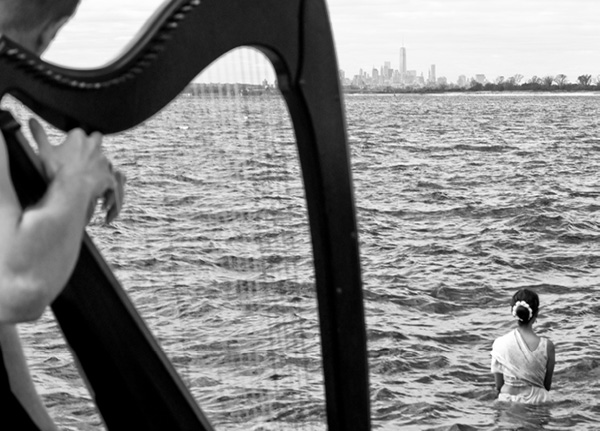
FAR ROCKAWAY
first performed on September 14, 2013
Tribute Park, Queens, NY
performed once in 2013
HARMATTAN THEATER / MAY JOSEPH
Sofia Varino, Nandini Sikand, Melissa Elledge, Lisabeth During, Francis R. Bradley, Kristin Prevallet, Marcy Chevali, Russell Patrick Brown, Tom Soper, Joshua Kristal
New York, NY
867071378h867071378a867071378r867071378m867071378a867071378t867071378t867071378a867071378n867071378t867071378h867071378e867071378a867071378t867071378e867071378r867071378c867071378o867071378m867071378p867071378a867071378n867071378y867071378@867071378g867071378m867071378a867071378i867071378l867071378.867071378c867071378o867071378m
harmattantheater.com
FAR ROCKAWAY
HARMATTAN THEATER / MAY JOSEPH
Hurricane Sandy wrecked havoc in New York, and Far Rockaway was destroyed by the storm. The site of Tribute Park, a memorial to the over 300 first responders from Far Rockaway who perished on 9/11, was erased. Beach 116, the street on which it is located, was transformed from ocean to bay.
Catastrophically affected by the storm surge, Harmattan Theater wanted to address the question: can performance be a tool of engagement for storm mitigation preparedness in coastal areas? On September 14, 2013, as part of the storm recovery process under way in the devastated region, Harmattan presented “Far Rockaway,” a site-specific, free public performance at Tribute Park exploring storm surge topography, storm mitigation efforts and community engagement.
In “Far Rockaway,” Harmattan foregrounds the provisionality of living by the sea and the vulnerability of barrier islands. Performers dance along the waters edge, immersing themselves in the icy waves as a way of reclaiming the affected site. A medieval harpist plays sounds of the sea. An Odissi dancer immerses herself in the ocean. Dancers weave across a landscape of stones and sea.
Harmattan deploys environmental theater as well as participatory action research methods in creating site-specific performances. Harnessing community commitment and local concerns, Harmattan created “Far Rockaway” out of interviews with local residents, incorporating them into the performance’s production. Audiences interacted with the performance, walking through the ritual and engaging though gesture and movement. One spectator stumbled upon the show right after Yom Kippur services and said the performance was deeply transformative, as he had lost three comrades in the burning towers and had come to remember them on this weekend of 9/11 commemorations. The performance was cathartic for him. Another viewer, a restaurateur on Beach 116 whose café was destroyed by eight feet of water, expressed solace witnessing what he felt was an “Egyptian” ritual that was reminiscent of his Egyptian childhood in Alexandria along the Nile river.
Harmattan’s goal was to bring the public back to a destroyed waterfront and reclaim its restorative possibilities now ravaged by rising waters. Beach 116 residents whose homes and businesses were affected by the storm were deeply moved by the performance. This was a community doubly affected, first by 9/11, then by Hurricane Sandy, and “Far Rockaway” resonated with the beauty, vulnerability, hope and mourning that residing on Beach 116 entails.